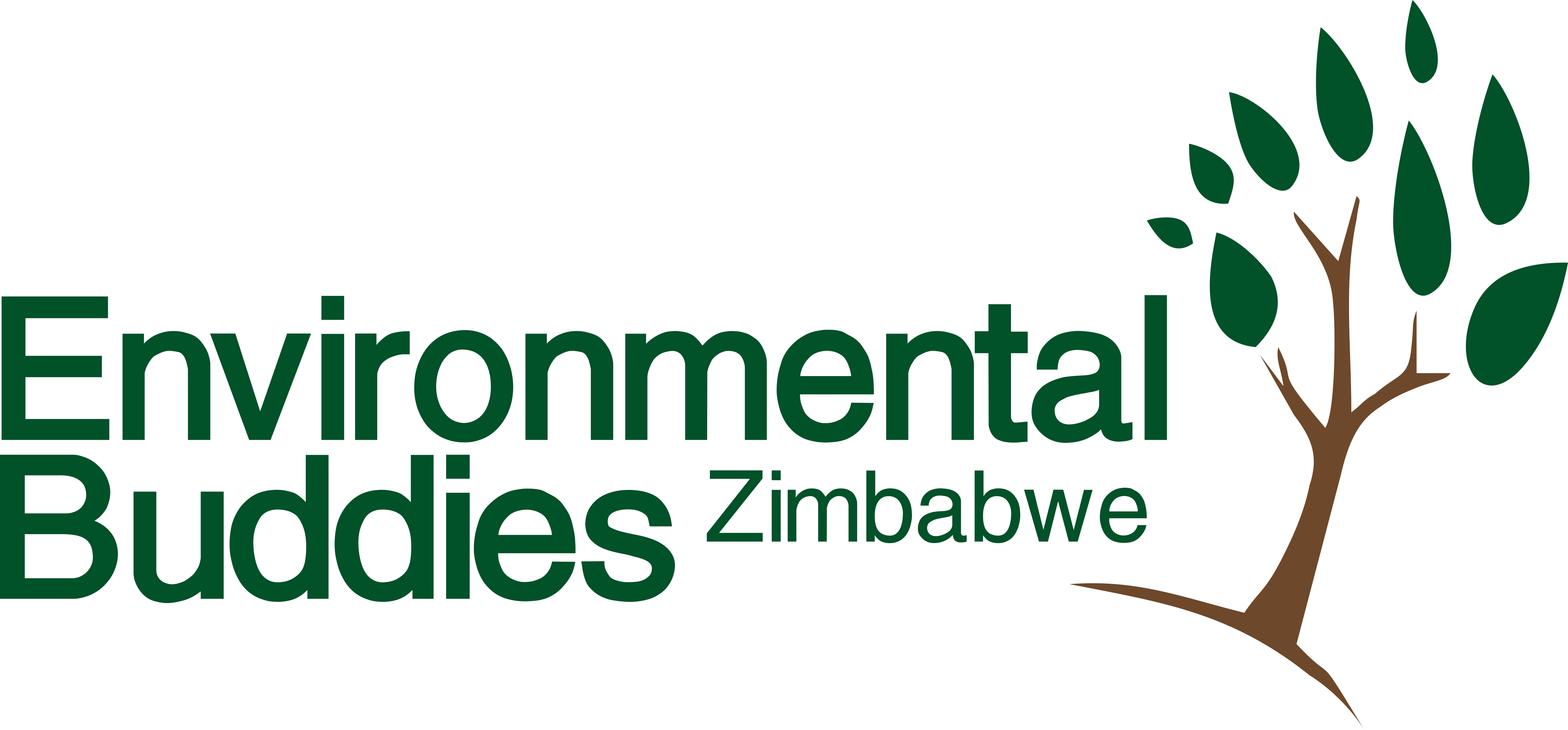Zimbabwe: Importance of Wetlands.
AN OVERVIEW ON WETLANDS.

Ramsar Convention on Wetlands
The Convention on Wetlands, signed in Ramsar, Iran, in 1971, is an intergovernmental treaty which provides the framework for national action and international cooperation for the conservation and wise use of wetlands and their resources. The List of Wetlands of International Importance included 2,266 Ramsar Sites in March 2016 covering over 2.1 million square kilometres globally.
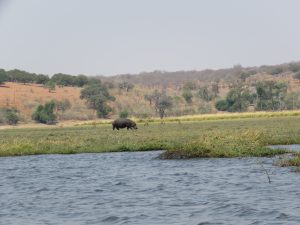
Convention’s mission
“The conservation and wise use of all wetlands through local, regional and national actions and international cooperation, as a contribution towards achieving sustainable development throughout the world”.
ZIMBABWE’S WETLANDS
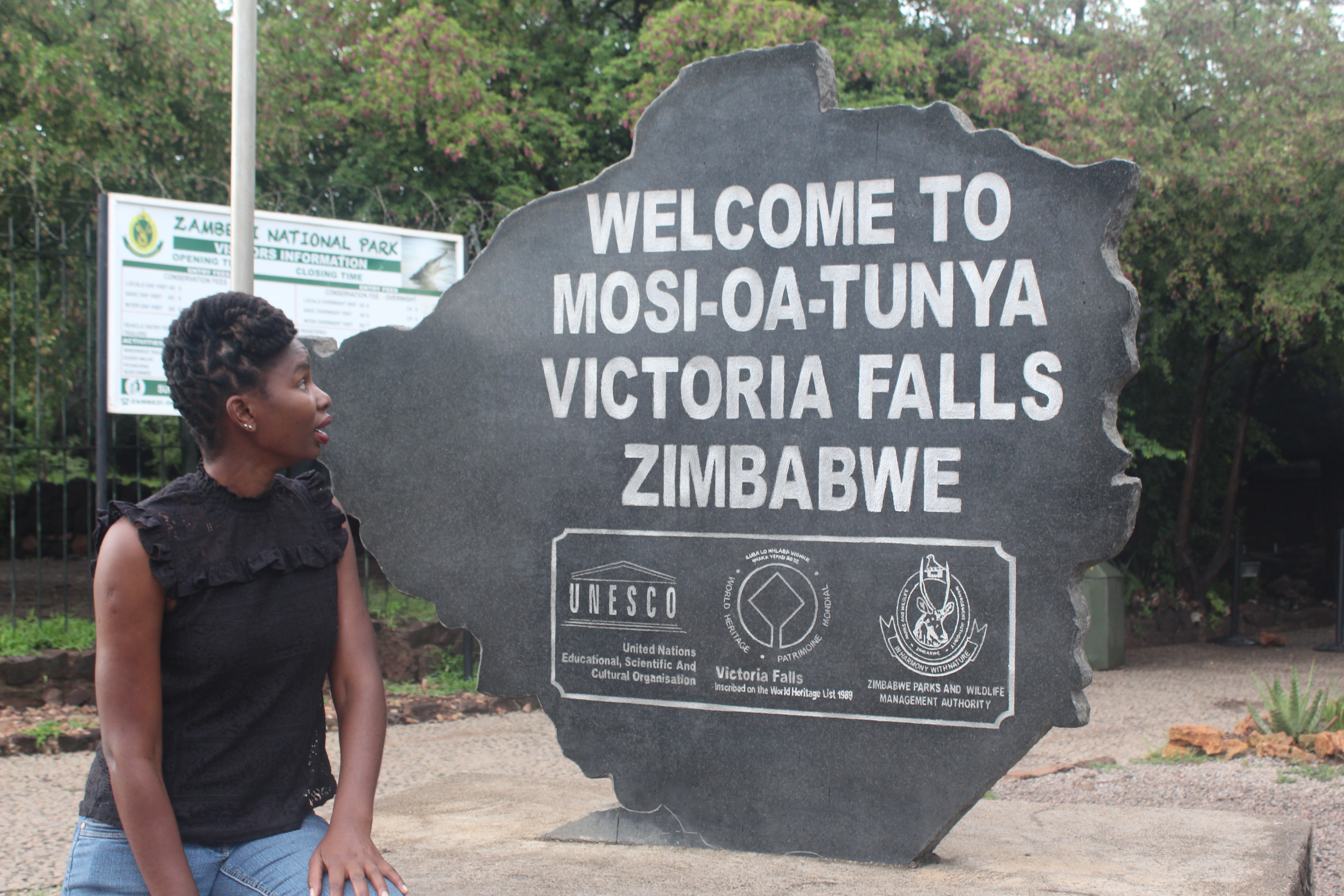
Wetlands are an important component of Zimbabwe’s environment. This is evidenced by Zimbabwe being a Signatory to the Ramsar Convention on Wetlands of 1971. Zimbabwe has domesticated provisions for the protection of wetlands under the Environmental Management Act (Cap 20;27), Statutory Instrument 7 of 2007 on Environmental Management (Environmental Impact Assessment and Ecosystems Protection) Regulations and Government Gazette 380 of 2013.
In Zimbabwe wetlands are also known as:
Matoro/ mapani (Shona);Amaxhaphozi (Ndebele).
Designated Ramsar Protected Wetlands Sites in Zimbabwe:
- Victoria Falls
- Driefontein Grasslands
- Middle Zambezi/Mana Pools
- Lake Chivero
- Monavale Vlei (Harare)
- Chinhoyi Caves
- Cleverland Dam
Wetlands are important for a number of reasons.
They perform environmental functions, including:
- helping to reduce the impacts from storm damage and flooding
- maintaining good water quality in rivers
- recharging groundwater
- storing carbon
- helping to stabilise climatic conditions
- controlling pests
- acting as important sites for biodiversity.
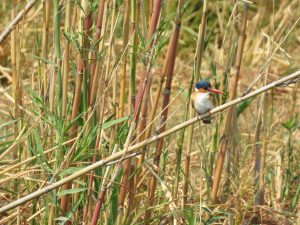
Wetlands also provide significant economic, social and cultural benefits.
- Wetlands are important for primary products such as agriculture, fisheries and forestry.
- Many coastal and inland wetlands are popular for tourism and recreational activities such as swimming, boating, fishing, camping and bird-watching, e.g, Victoria Falls in Zimbabwe and Okavango Delta in Botswana.
- Wetlands have Indigenous cultural significance, historical significance and are important for science and education.
Drivers of wetland degradation in Zimbabwe:
Our wetlands are under threat, not from natural causes but from human activities. These include:
- Agricultural activities
- Commercial and residential development
- road construction
- resource extraction
- industrial siting processes
- illegal waste disposal
- Cultivation of forest trees (silviculture)
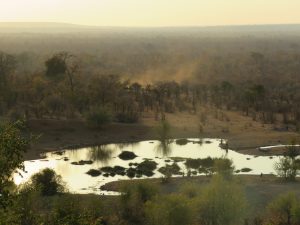
Let’s work together to preserve our Wetlands.
Genesis 2 : 15: And the Lord God put man in the Garden of Eden, to tend and keep it.
Genesis 2 : 15: And the Lord God put man in the Garden of Eden, to tend and keep it.
Speech by Shamiso Winnet Mupara on the unveiling of the Kasasa Wetlands Project in Harare on the 18th of December 2017.
Latest posts by Shamiso Winnet Mupara (see all)
- Empowering Marange’s Youth: Celebrating Africa Environment Day at Holy Ghost High School - March 14, 2024
- Sowing Seeds of Hope: Rejuvenating Chiadzwa’s Environment Through Tree Planting” - March 11, 2024
- 5 Years On. Growing Green: Cultivating a Sustainable Future For Macheke’s Children - March 11, 2024
Recommended Posts
